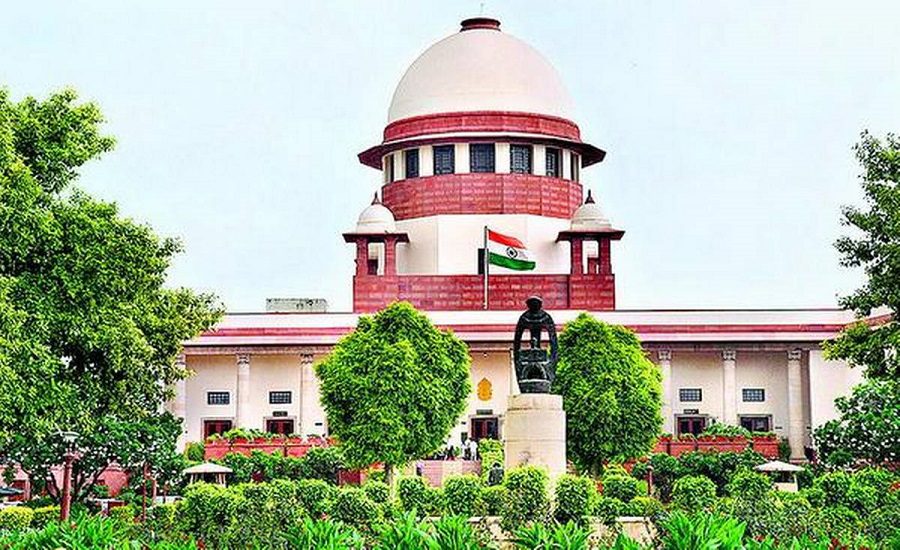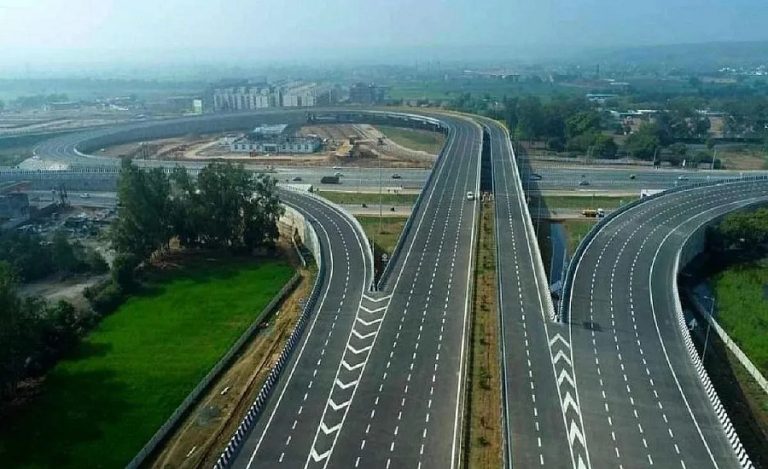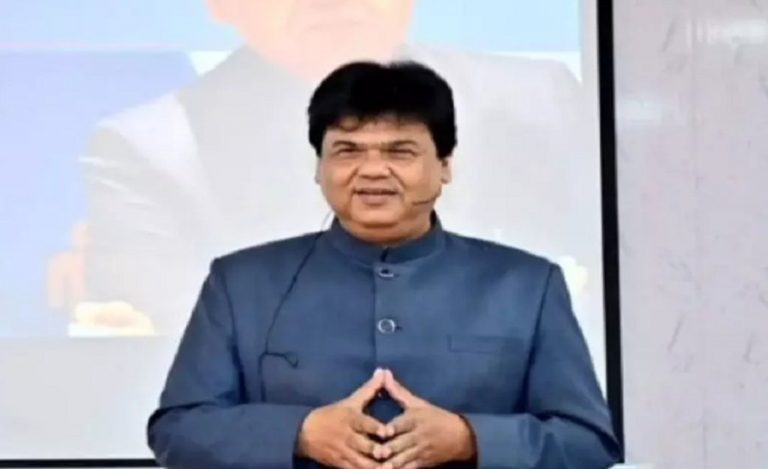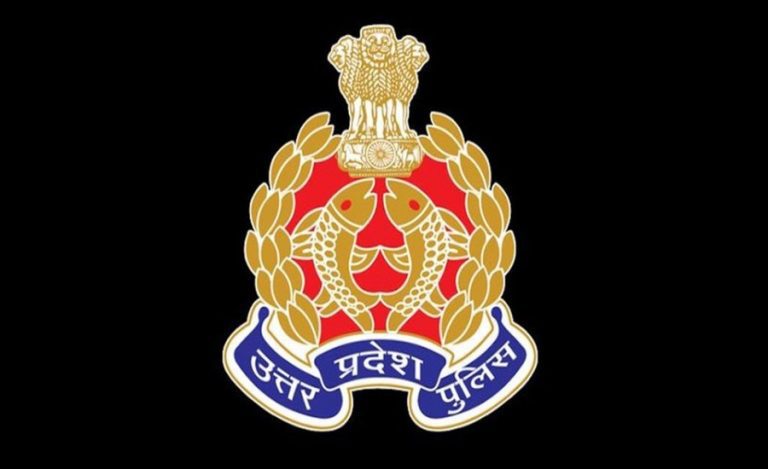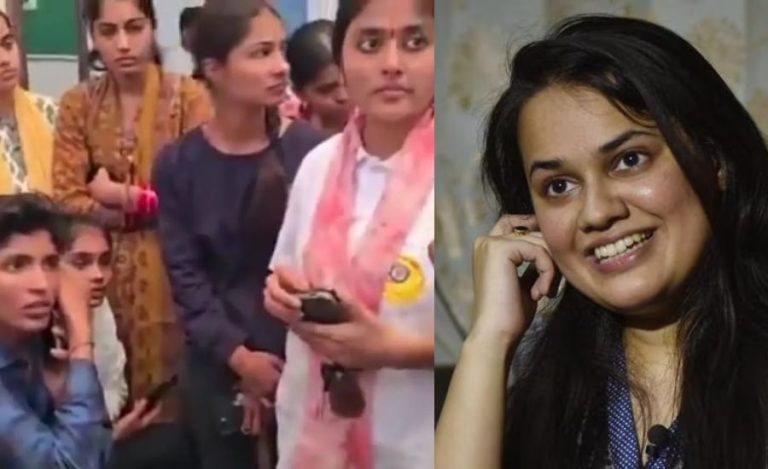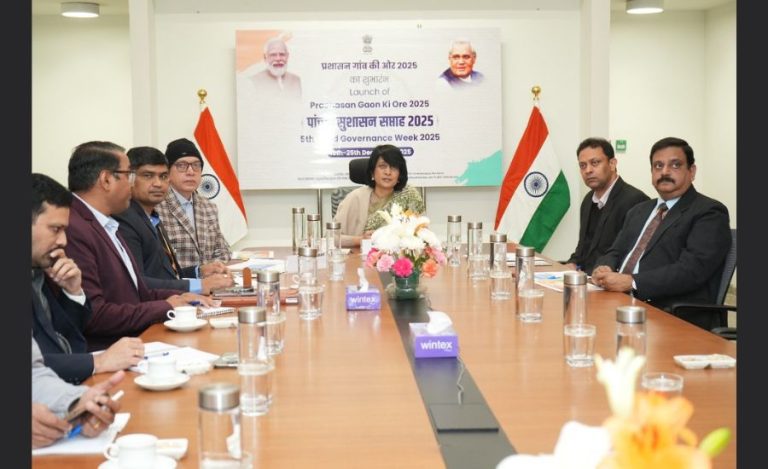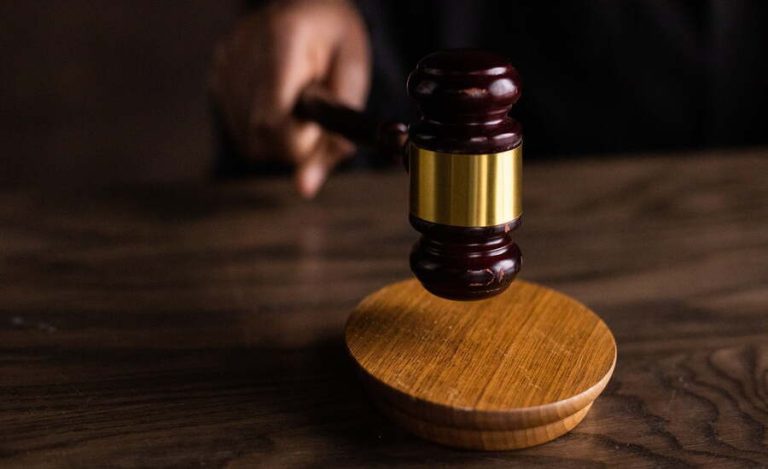New Delhi/Chandigarh: In a significant administrative move, the Punjab & Haryana High Court (P&H High Court) has undergone a major judicial reshuffle with the transfer of three senior judges. These transfers come after the Supreme Court of India (SC) Collegium’s recommendations and reflect the Centre’s push to re-balance benches and enhance judicial efficiency.
Background of the Punjab & Haryana High Court Judges Transfer
The Collegium, in its recommendation issued in May 2025, flagged the need to shift judges in the “interest of justice” though detailed reasons were not disclosed.
Three judges from the P&H High Court — namely Justice Sanjeev Prakash Sharma, Justice Anil Kshetarpal and Justice Sudhir Singh — were included in this list.
According to the official notification issued on July 14, 2025, Justice Sharma is to be transferred to the Rajasthan High Court, Justice Kshetarpal to the Delhi High Court and Justice Singh to the Patna High Court.
Importance of the Punjab & Haryana High Court Judges Transfer
Redistribution of judicial strength: Such transfers are meant to address regional imbalances, workload pressures and to inject fresh perspectives across courts.
Re-alignment of benches: Sending judges back to their parent high courts (in some cases) signals a process of repatriation or strategic relocation to maintain seniority hierarchies. For example, Justice Singh, originally from Patna, will now return there.
Transparency debate revived: While the Collegium cites “interest of justice” as the guiding principle, critics say opaque transfer decisions raise questions about accountability and fairness in the appointments/transfer process.
Implications for Punjab&Haryana High Court
This reshuffle places new responsibilities on the P&H High Court to fill senior vacancies and maintain bench strength. It underscores the dynamic nature of judicial postings and the emphasis on efficient case disposal. Observers believe this also signals a message of greater mobility in the judiciary — senior judges need to be ready for relocation.
What to Watch
1. Filling the gaps: Who will replace the outgoing judges and how soon will the appointments be made?
2. Impact on pending cases: Transfer of senior judges may delay or accelerate high-stakes cases pending before them.
3. Collegium transparency: Will the SC Collegium move towards providing clearer rationale for transfers to avoid speculation?
4. Regional impact: The receiving High Courts (Rajasthan, Patna, Delhi) will see sudden inflow of senior judges — how will that affect the local judicial ecosystem and case-load?
Expert View of Punjab & Haryana High Court Judges Transfer
Legal analysts say that an efficient judiciary demands periodic transfer and posting of judges, especially when workloads and regional deficits vary. But they caution that if done without clarity, such moves may be perceived as arbitrary, undermining confidence in the system.
The Larger Story
This transfer drive is part of a broader national pattern: the Central government recently notified the transfer of 11 high court judges across states in October 2025.
The process of transfers, governed under Article 222 of the Constitution of India, requires consultation with the Chief Justice of India.

